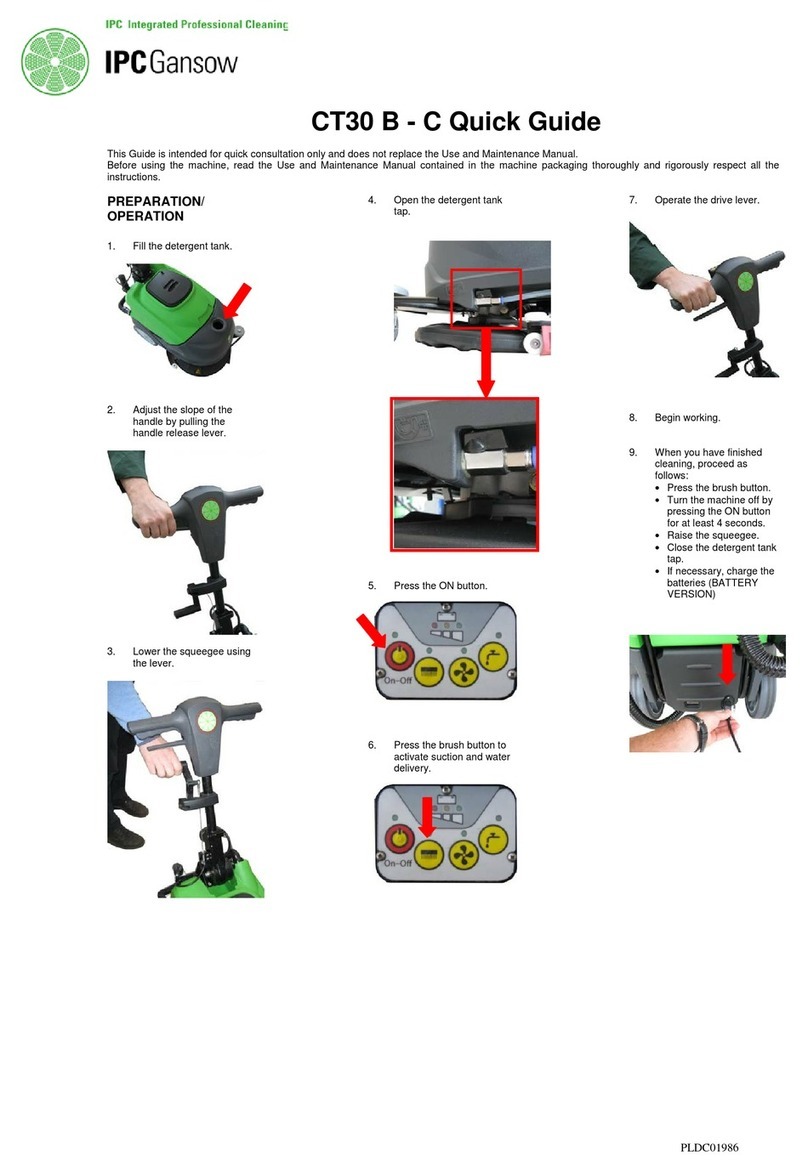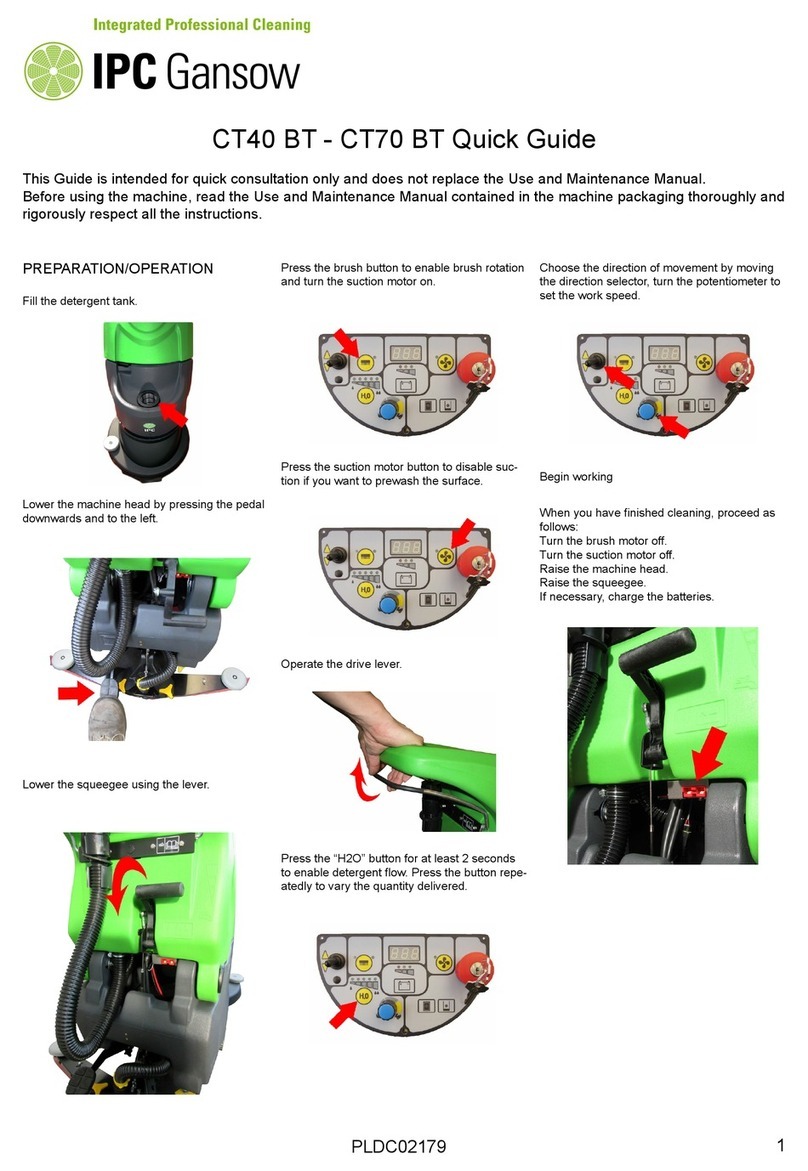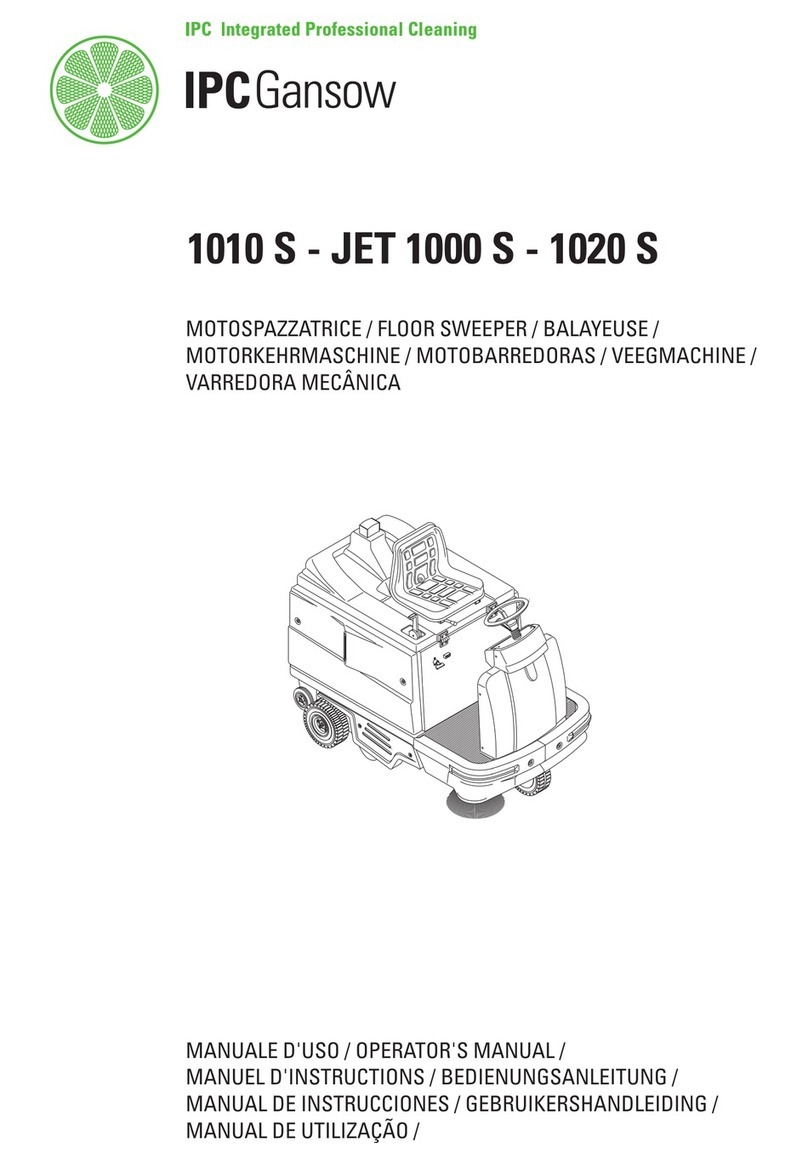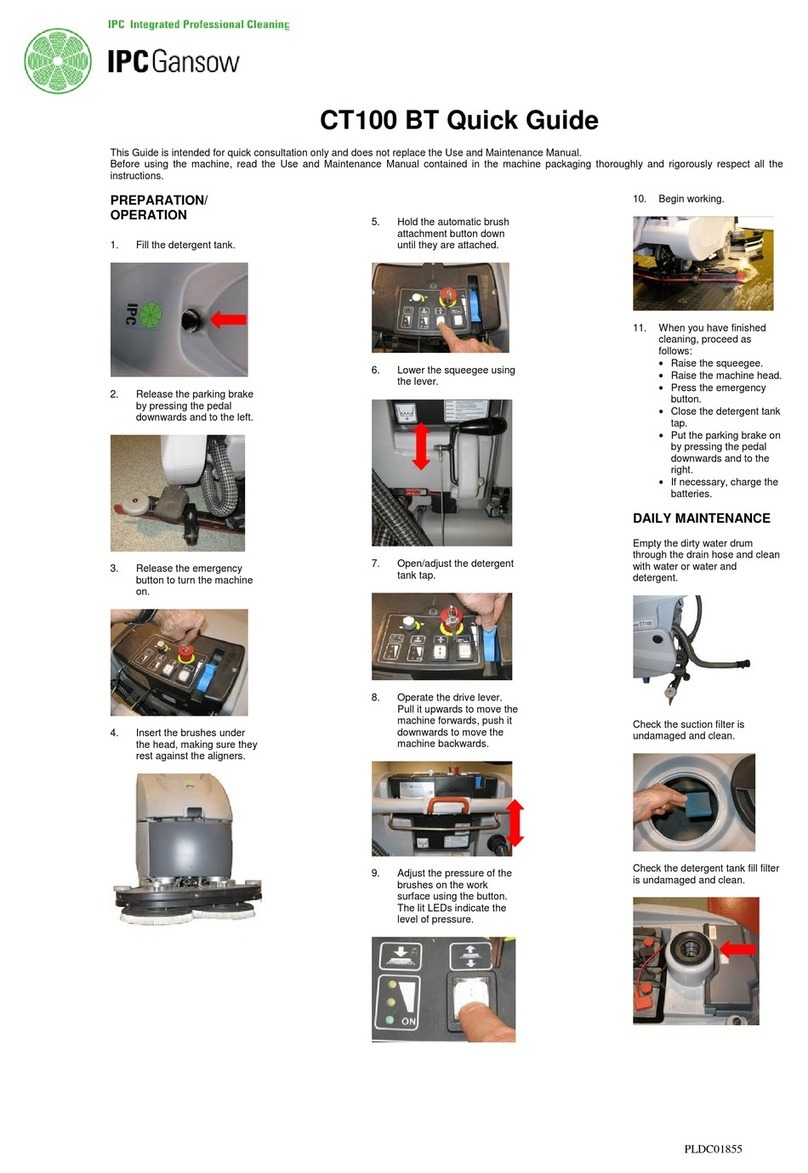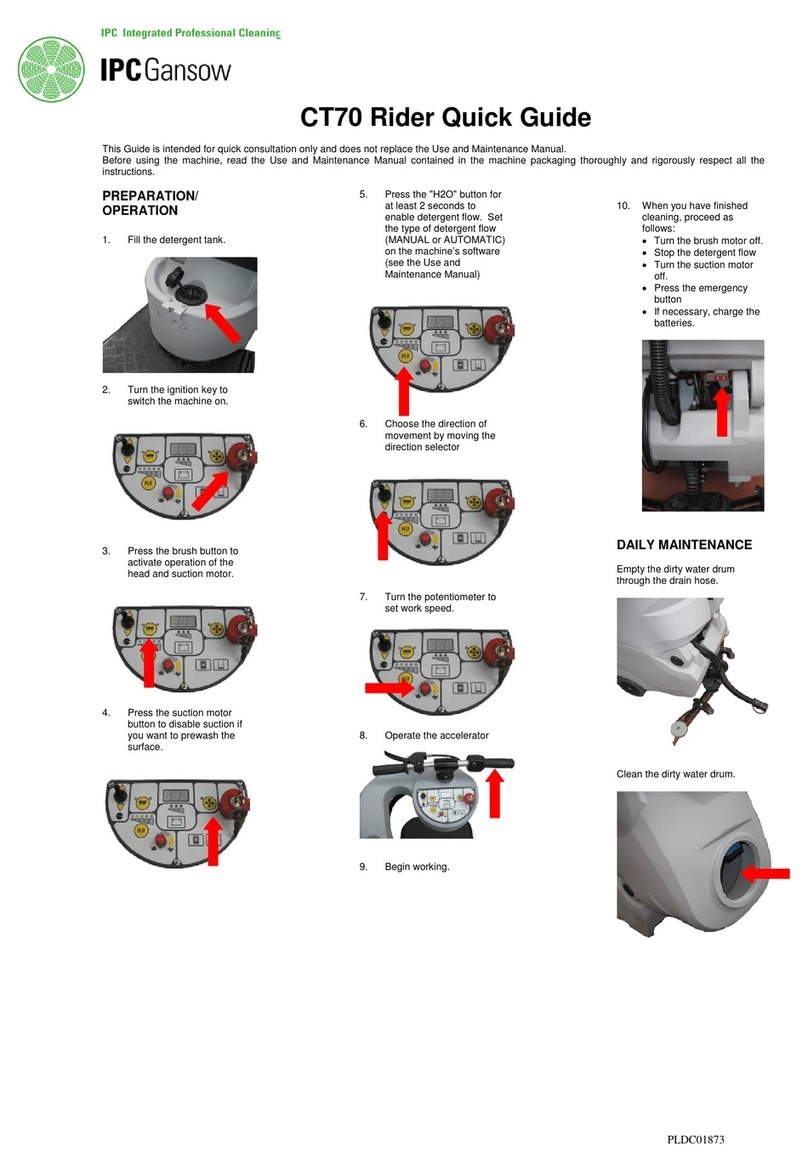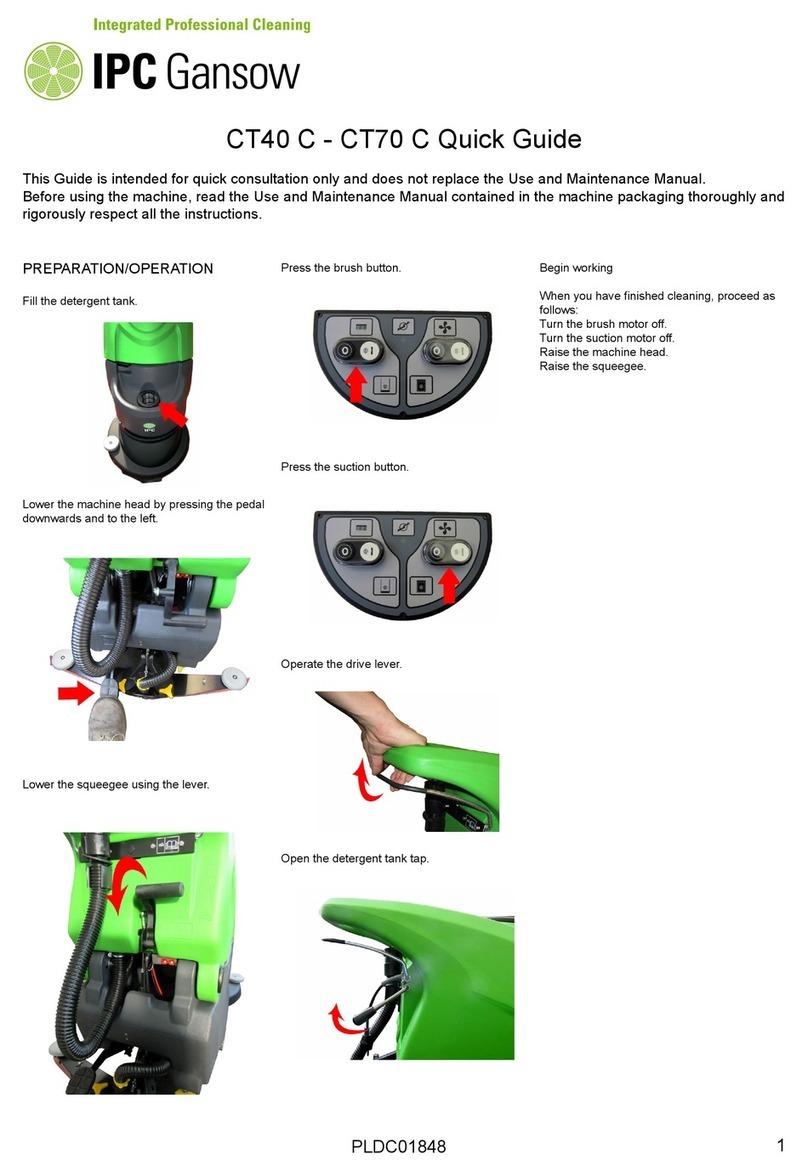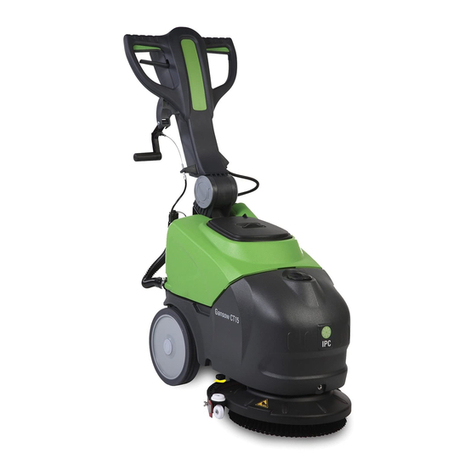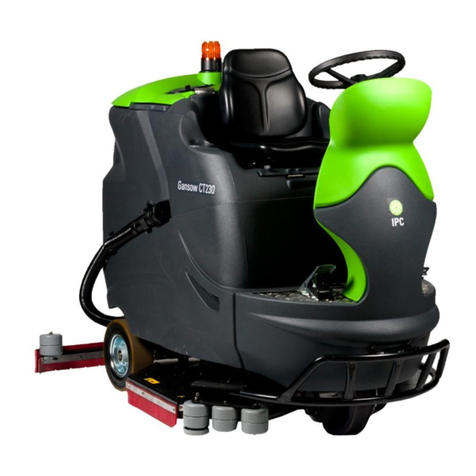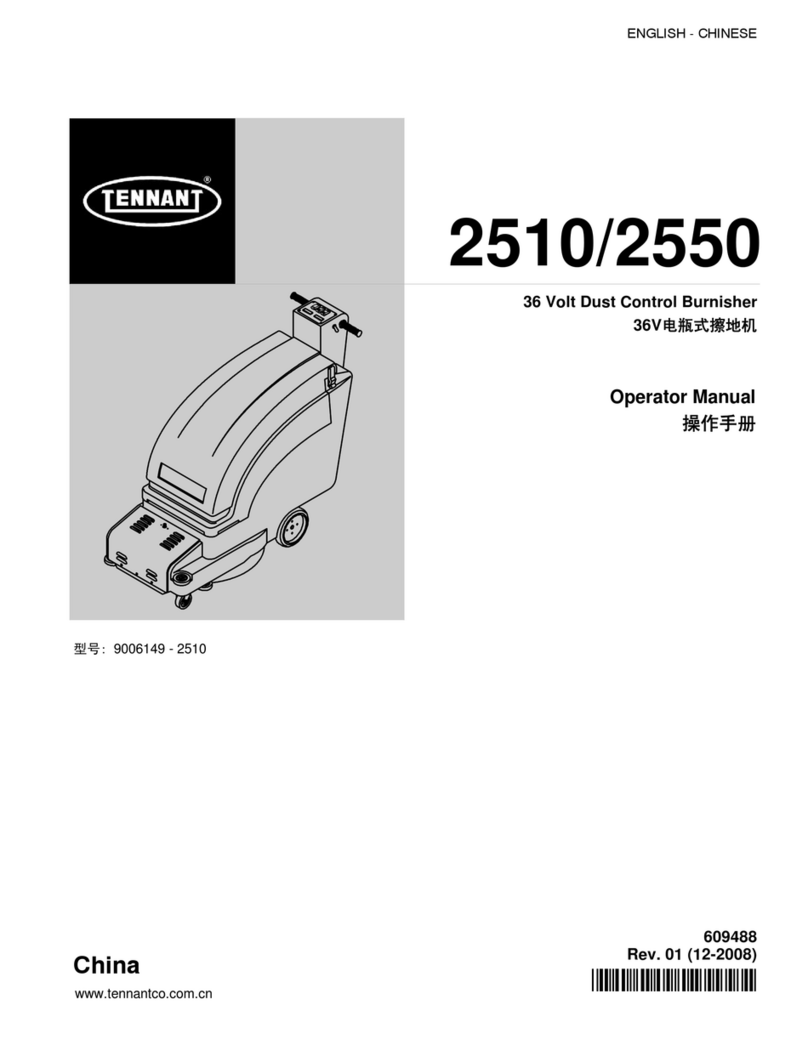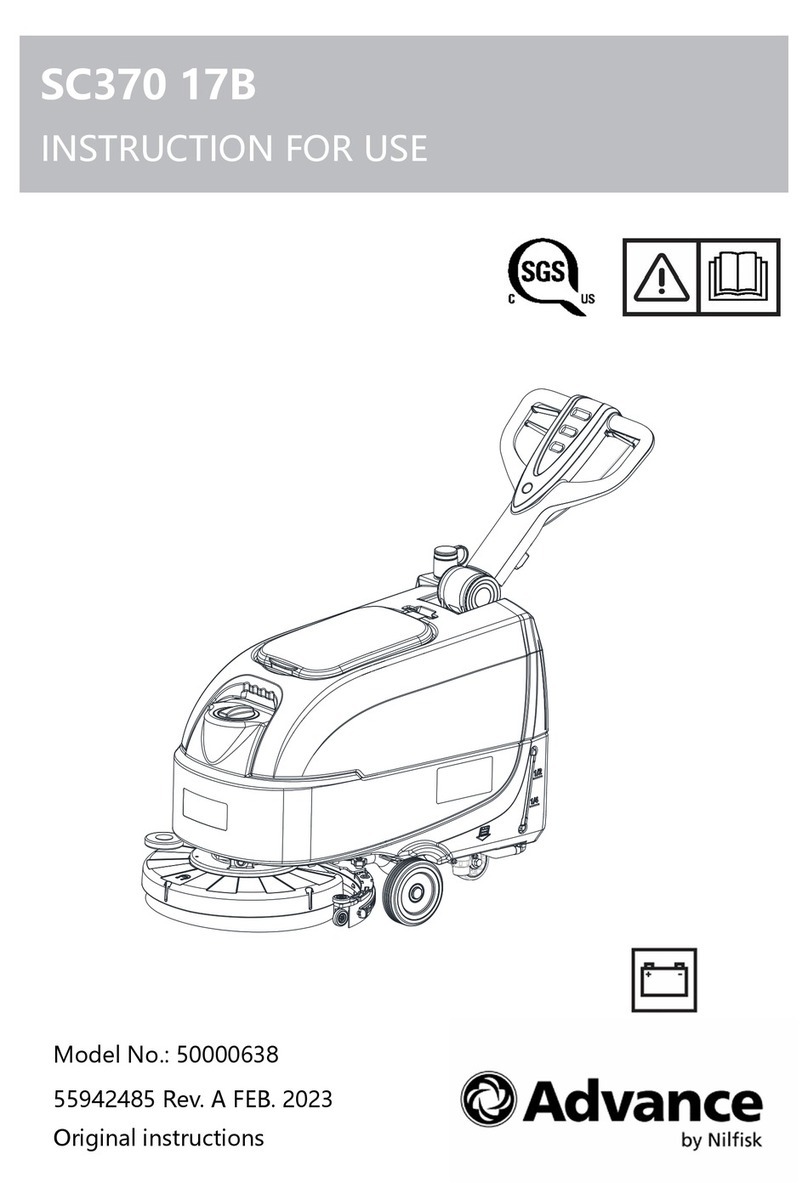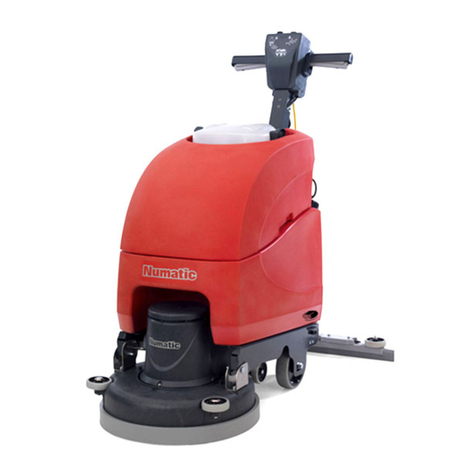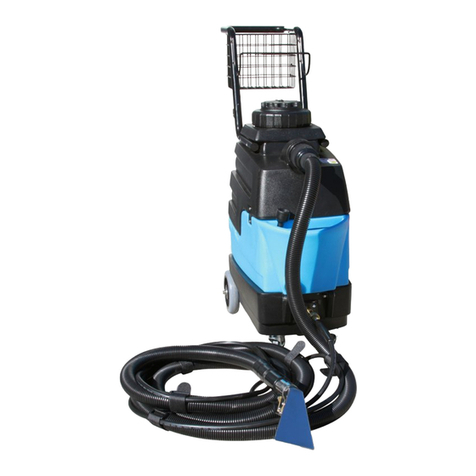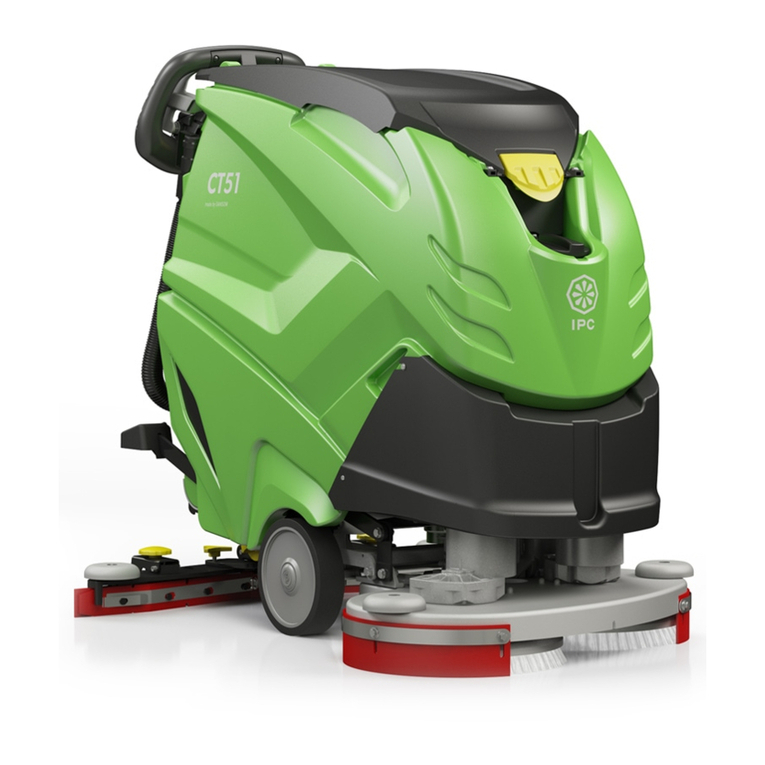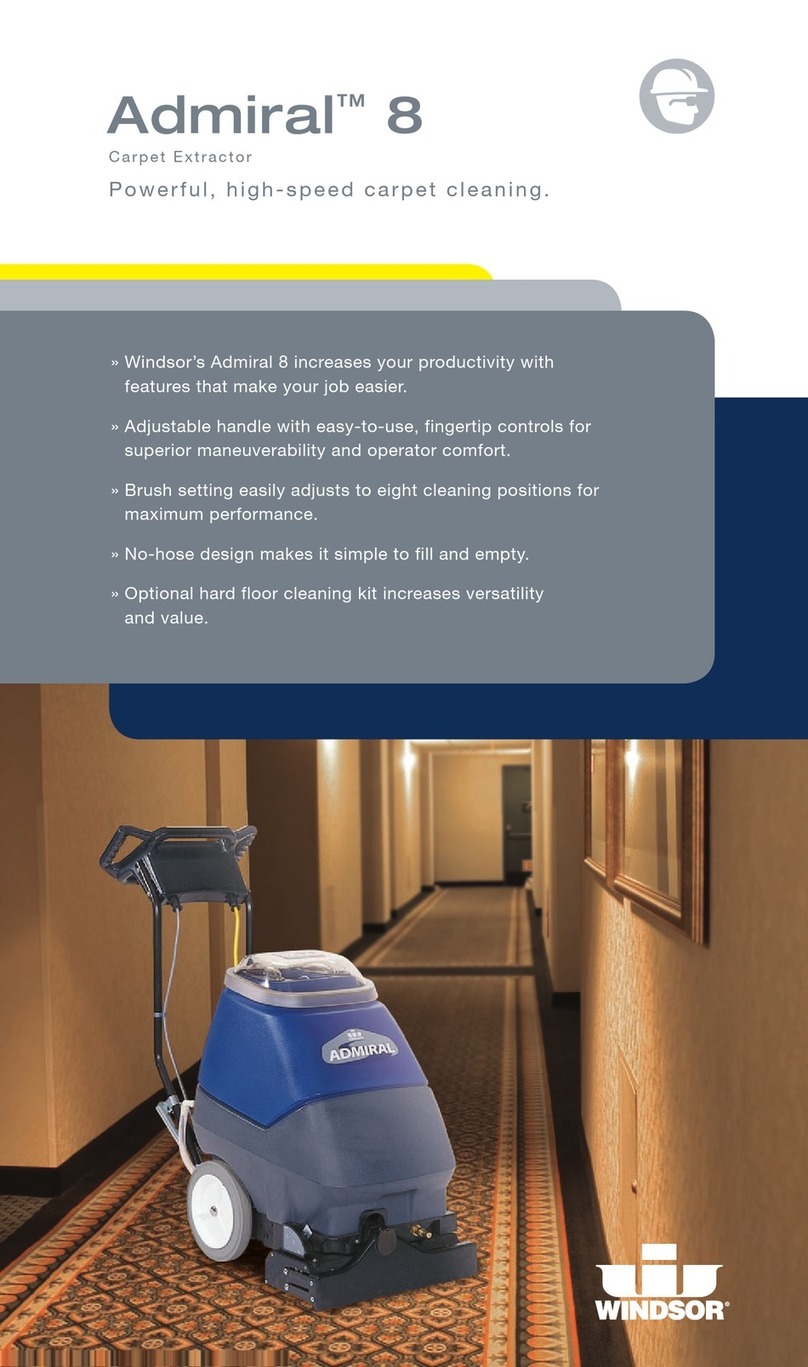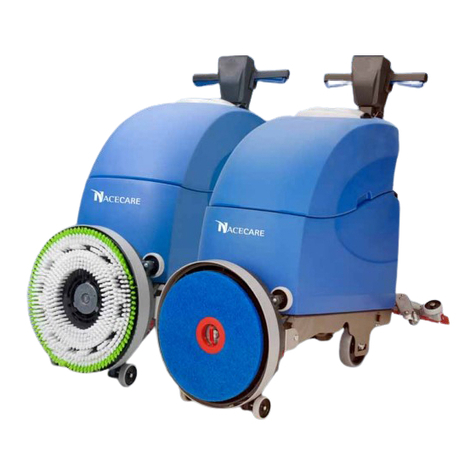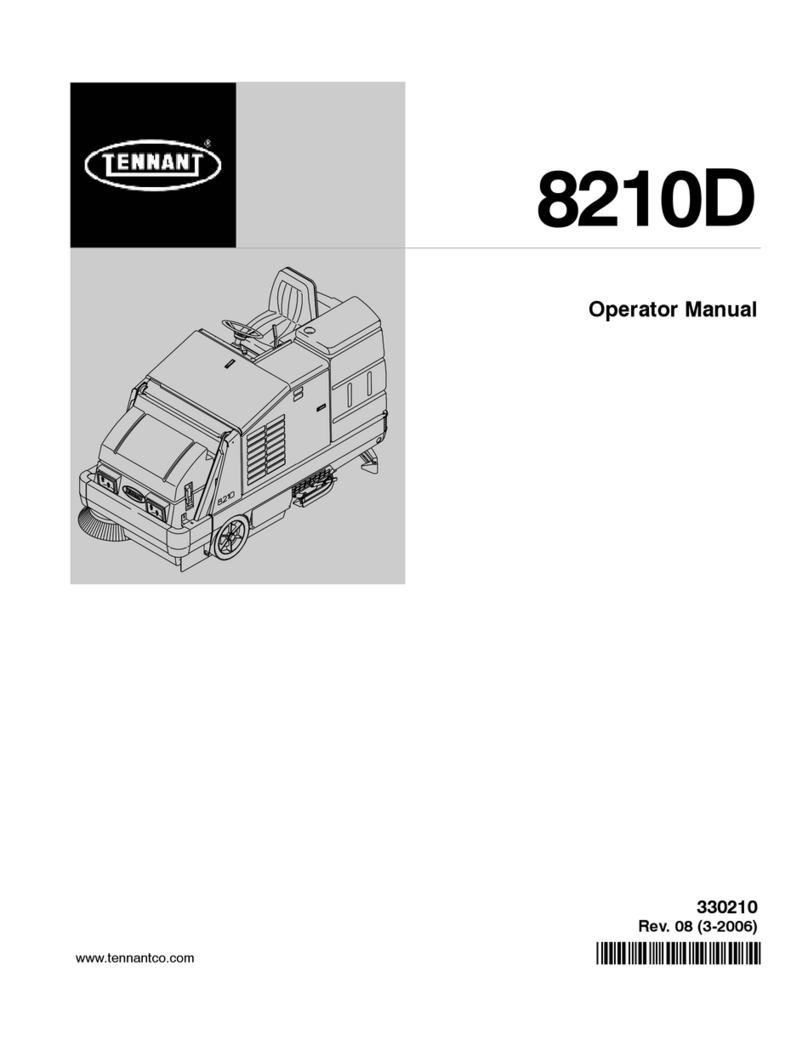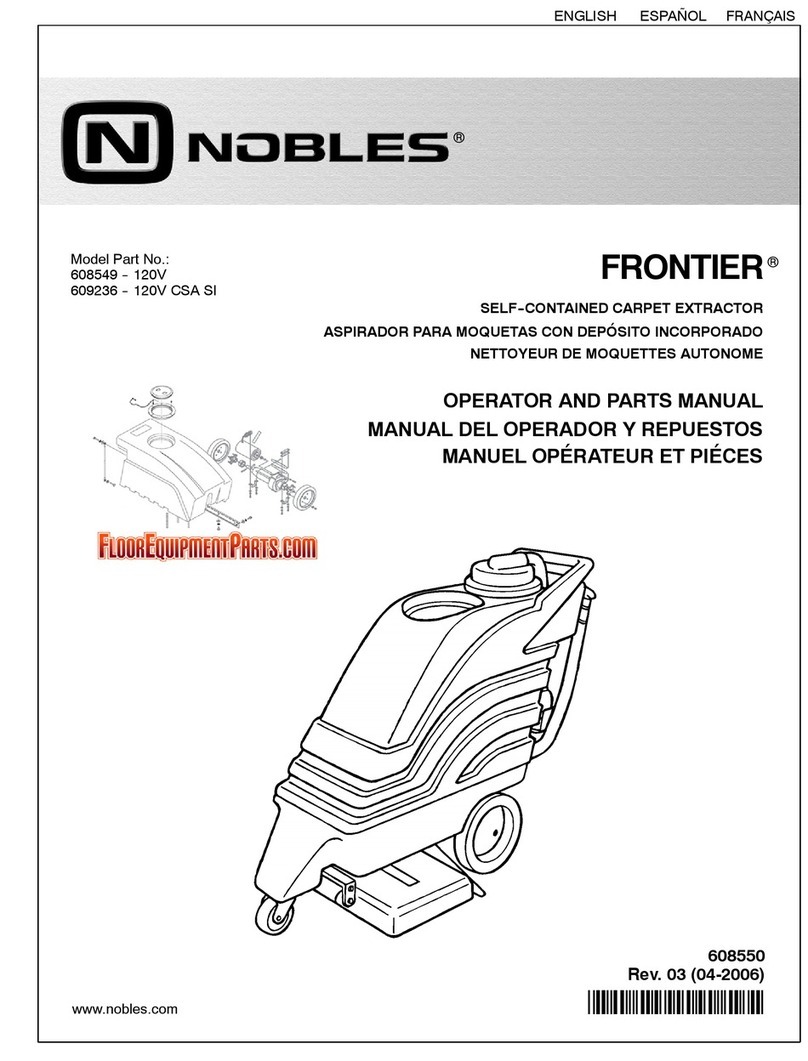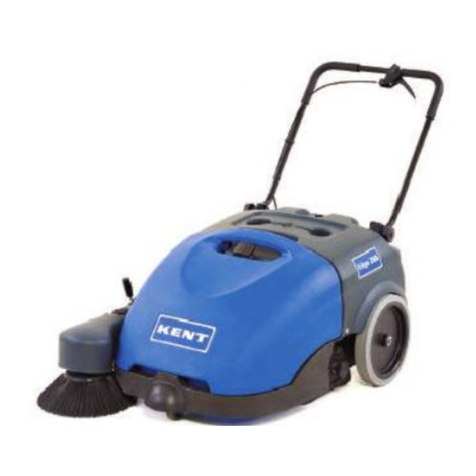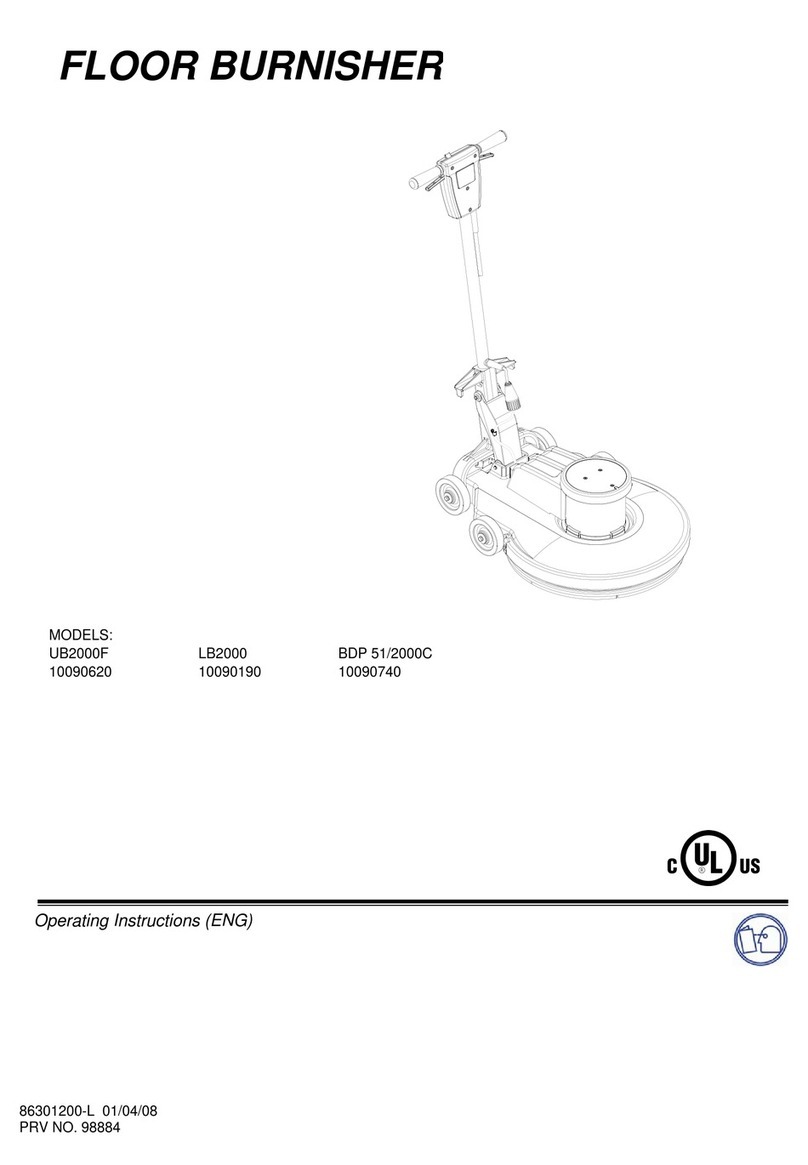
ENGLISH
2
1. TABLE OF CONTENTS
1.
TABLE OF CONTENTS....................................................................................................... 2
2.
GENERAL INFORMATION.................................................................................................. 4
2.1
S
COPE OF THE MANUAL
....................................................................................................... 4
2.2
I
DENTIFICATION OF THE MACHINE
......................................................................................... 5
2.3
D
OCUMENTATION ANNEXED TO THE MACHINE
....................................................................... 5
3.
TECHNICAL INFORMATION............................................................................................... 5
3.1
G
ENERAL DESCRIPTION
...................................................................................................... 5
3.2
L
EGEND
............................................................................................................................. 5
3.3
D
ANGER AREAS
.................................................................................................................. 6
3.4
A
CCESSORIES
.................................................................................................................... 6
4.
INFORMATION ON SAFETY............................................................................................... 6
4.1
S
AFETY STANDARDS
........................................................................................................... 6
5.
HANDLING AND INSTALLATION....................................................................................... 8
5.1
L
IFTING AND CARRYING THE PACKED MACHINE
..................................................................... 8
5.2
C
HECKING THE MACHINE ON DELIVERY
................................................................................ 9
5.3
U
NPACKING
........................................................................................................................ 9
5.4
E
LECTRIC CONNECTIONS AND GROUNDING
(
MODELS WITH CABLE
) ........................................ 9
5.5
F
EEDING BATTERIES
(
MODELS WITH BATTERY
)................................................................... 10
5.5.1
Batteries: preparation................................................................................................. 10
5.5.2
Batteries: installation and connection......................................................................... 10
5.6
T
HE BATTERY
-
CHARGER
(
MODELS WITH BATTERY
)............................................................. 11
5.6.1
Choosing the battery-charger..................................................................................... 11
5.6.2
Preparing the battery-charger.................................................................................... 11
5.7
L
IFTING AND HANDLING THE MACHINE
................................................................................ 11
6.
PRACTICAL GUIDE FOR THE USER............................................................................... 12
6.1
C
ONTROL DEVICES
-
D
ESCRIPTION
.................................................................................... 12
6.2
I
NSTALLING AND ADJUSTING THE SQUEEGEE
...................................................................... 13
6.3
M
OVEMENT OF THE MACHINE WHEN NOT OPERATING
.......................................................... 13
6.4
F
ITTING AND CHANGING THE BRUSHES
/
DRIVE DISCS
/
ROLLERS
......................................... 13
6.4.1 Brush head (models 50-55-60) .................................................................................. 13
6.4.2 Roller head (roller models R) ..................................................................................... 14
6.5
D
ETERGENTS
-
U
SE
.......................................................................................................... 14
6.6
S
ETTING UP THE MACHINE
................................................................................................. 15
6.7
W
ORK
.............................................................................................................................. 15
6.7.1
Additional functions (versions with electrical drive).................................................... 16
6.8
S
OME USEFUL SUGGESTIONS FOR THE OPTIMAL USE OF THE MACHINE
................................ 17
6.8.1
Pre-washing............................................................................................................... 17
6.8.2
Drying......................................................................................................................... 17
6.9
D
RAINING OFF DIRTY WATER
............................................................................................. 17
6.10
D
RAINING OFF CLEAN WATER
............................................................................................ 18
7.
PERIODS OF INACTIVITY................................................................................................. 18
8.
MAINTENANCE AND BATTERY RECHARGING ............................................................. 19
8.1
R
ECHARGING PROCEDURES
.............................................................................................. 19
9.
INSTRUCTIONS FOR MAINTENANCE............................................................................. 20
9.1
M
AINTENANCE
–
G
ENERAL RULES
..................................................................................... 20
9.2
R
OUTINE MAINTENANCE
.................................................................................................... 20
9.2.1
Suction air filter and floating rod: cleaning ................................................................. 20
9.2.2
Basket filter: cleaning................................................................................................. 20
9.2.3
Detergent solution filter: cleaning............................................................................... 20
9.2.4
Squeegee blades: replacement ................................................................................. 21
9.2.5
Fuses: replacement.................................................................................................... 21
9.3
P
ERIODIC MAINTENANCE
................................................................................................... 22
9.3.1
Daily maintenance...................................................................................................... 22
